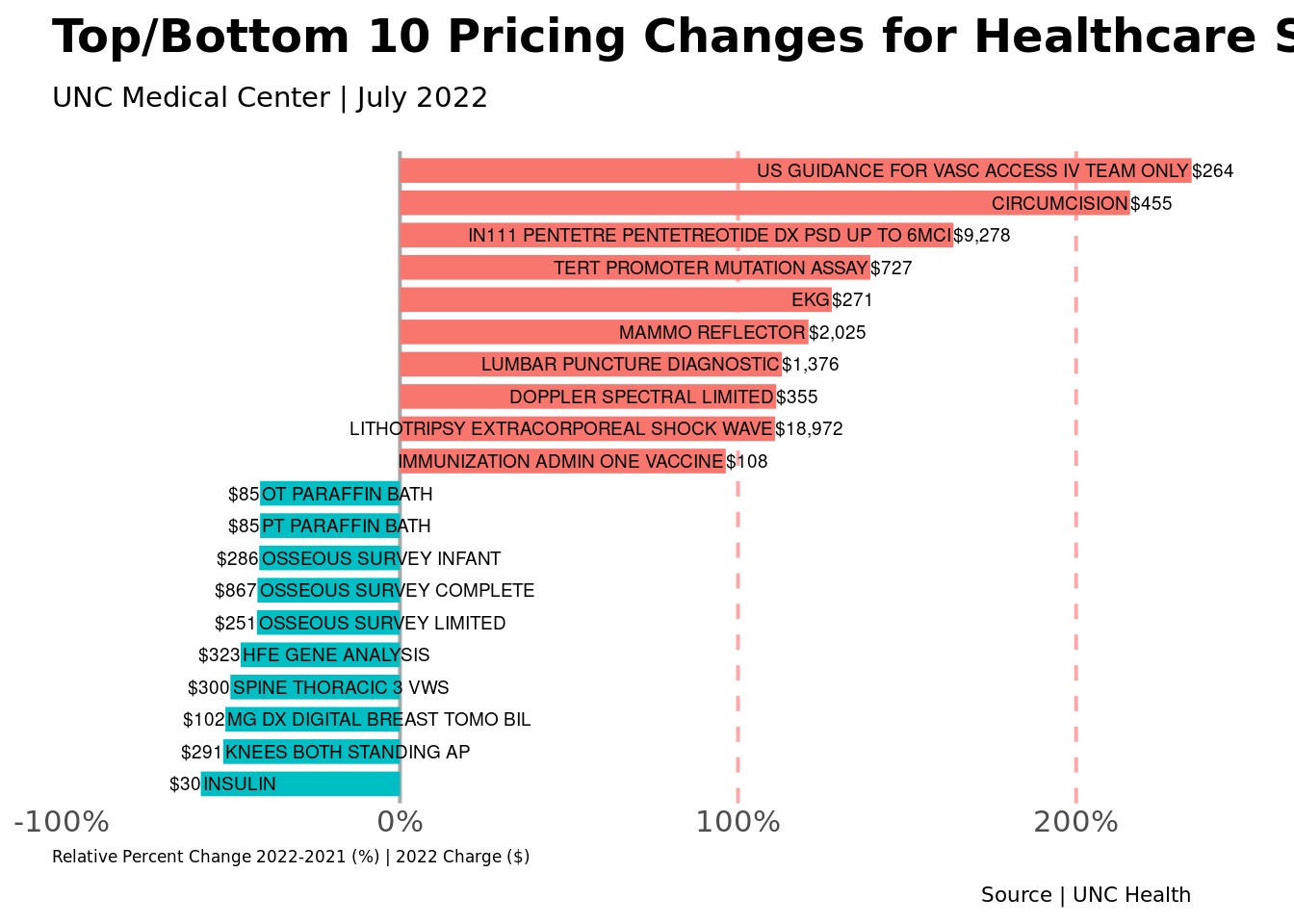Why Healthcare Pricing Transparency is Hard

NPR ran a story last week about a quiet deadline that passed July 1st, 2022. CMS began enforcing price transparency requirements for healthcare insurance companies (see here for more details).
Healthcare is a strange business, no other industry is so backwards. For example, let’s say I travel to foreign country and I’m looking to buy something I need, like new clothes. I find a local proprietor who has what I’m looking for and say, “I’m interested in this this shirt, how much is it?”
They respond by saying, “Great, it would look amazing on you! Don’t worry about the price, we’ll tell you after you agree to buy it…”
Wait a second, that’s not how this works. No Thanks!
That’s healthcare. You don’t know what you’re buying or whether you can afford it. I’m not sure any one person actually knows the whole system, it’s too complex.
For those curious, I previously wrote a blog post about health insurance and value-based care models.
How Much Do I Owe You?
Prices, fees, charges, benefits, co-pays, reimbursement…I can’t say I have it all straight. This is part of the problem. As a patient (luckily, with decent insurance), co-pays and other medical expenses usually aren’t too complicated. But that’s mostly routine care, pharmacies and the day-to-day. It gets complicated when you go deeper into the healthcare system – a time when you least want complications.
A few years ago I broke my toe doing something stupid with my daughter (thereby breaking a 40 year streak of no broken bones). I knew immediately it was broken. Still, I figured the wise thing to do would be to visit an urgent care. I hobbled my way there and saw a Family Medicine doc. He was great but wasn’t much to be done.
Can you spot the break? Yes, that’s my toe.

To be safe, he ordered an X-Ray to rule out anything serious. Otherwise he told me to tape it to my big toe and wait.
While I was getting my foot X-Ray’d, I asked the radiology technician about his work and the topic of medical costs came up. He said, “Once you walk through this door, you’re in the hospital. Once you leave your back in the clinic.” Worth noting there’s no hospital, its just how they bill. You get two – one for clinic visit and the other for the X-Ray. I feel like if patients and consumers had any real influence, systems like this would dissolve. Imagine something like this at the Apple store???
Standard Charges in Healthcare
I did a dive into UNC Medical Center’s standard charges data for 2021 and 2022 (Data available .csv format). After I looked into it a bit, it prompted some questions like,
What are some of the most expensive procedures/services for patient? Least expensive?
Is there a lot of variability among payers?
How much does a hospital bed cost?
How does my health insurance (Blue Cross Blue Shield) company compare to others?
How do Medicare plans compare to others?
Given I had data from last year, I wanted to understand if there were any interesting changes year-over-year (see below). I looked at the biggest relative charge differences for a given procedure/service.

Figure 1: Biggest Changes in UNC Health Charges (2022-2021)
It’s interesting that the data skews toward charge increases. Not a great sign.
Insulin takes the prize as the biggest decrease. Last year it was listed at $73, now $30. Good news.
Circumcision was a surprise. It went up 215%, though still affordable ~$300. Why do we circumcise babies again?
Indium In 111 pentetreotide, a radioimaginng agent for cancer, increased quite a bit. I wonder if it’s related to supply chain/manufacturing?
So I learned that extracorporeal shock wave lithotripsy is what they use to zap kidney stones. TIL. Also pretty expensive but I’m sure you don’t care when you have one.
Why did EKG’s double in price? It’s not new tech. EKG prices should be trending downward, or at least be stable.
I have no clue what to make of the osseous (bone) and paraffin bath charges. Curious if it’s related to administrative reasons, or changes in clinical practice.
Limitations
Standard charges from hospitals aren’t the most informative or reflective of the patient experience. There’s lot of other things that affect it, including the payer (data does include that), insurance plan, and treatment-specific details (e.g., RVUs). There’s just a lot of ways to be off.
So this type of data isn’t really helpful for consumers just yet. The CMS July 1st requirements may change things, requiring all data be available to the public in the future. I’ll be keeping an eye on this stuff…